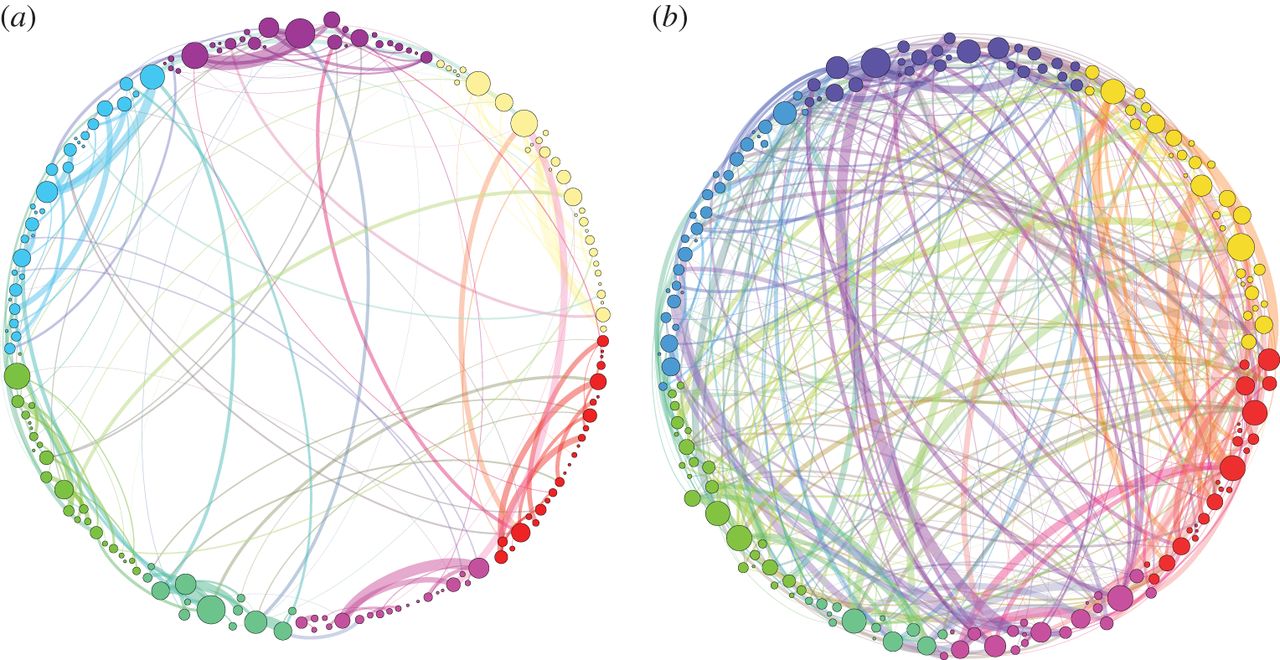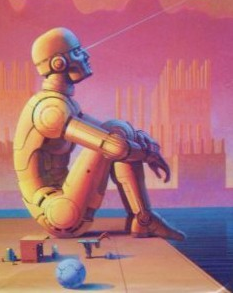Skarekrow
~~DEVIL~~
- MBTI
- Ni-INFJ-A
- Enneagram
- Warlock
I always loved watching Nova as a kid.
I still do…enjoy!
Nova: Quantum Theory - Full Documentary HD
[video=youtube;l4ta0P43UIA]http://www.youtube.com/watch?feature=player_detailpage&v=l4ta0P43UIA[/video]
(EDIT - try to ignore the funding by the Koch bros. ack! ((I fucking hate it when asshats like them throw money into PBS and shit like this so people will think “Oh, maybe they aren’t so evil after all?” Yes. Yes they are. Let’s just get that straight.
Other than that, PBS and NPR still edit their news. So if this is the version they will let us all hear…it must be even farther beyond that.
I still do…enjoy!
Nova: Quantum Theory - Full Documentary HD
[video=youtube;l4ta0P43UIA]http://www.youtube.com/watch?feature=player_detailpage&v=l4ta0P43UIA[/video]
Other than that, PBS and NPR still edit their news. So if this is the version they will let us all hear…it must be even farther beyond that.
Last edited:









